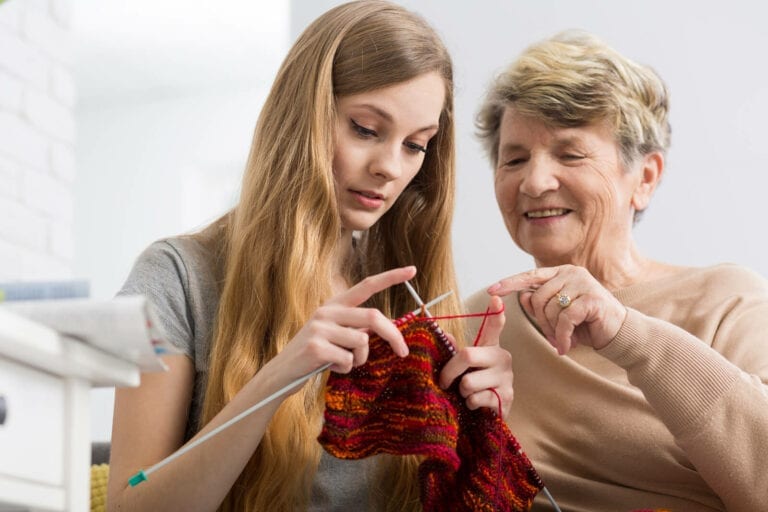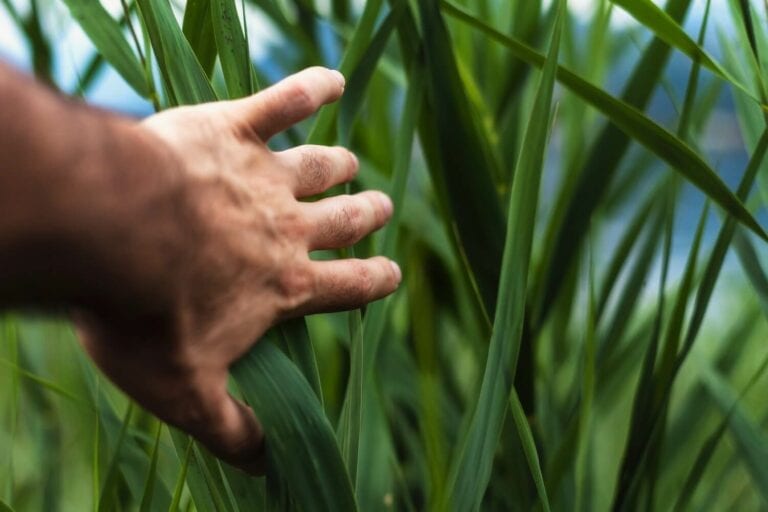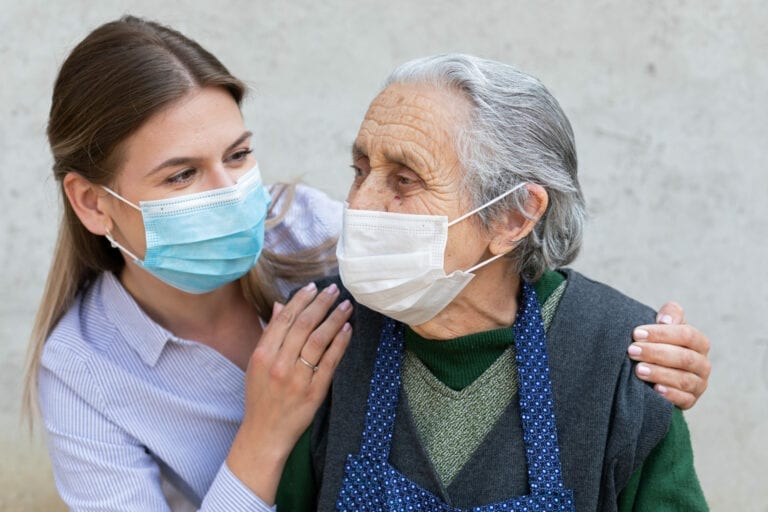Hyponatremia is a condition that can happen when blood salt levels get dangerously low. A sodium electrolyte helps control the water in your cells and the surrounding tissue. Knowing the causes of low sodium in the elderly is crucial so the illness may be tracked and treated as soon as symptoms emerge. It’s an important question that how to increase sodium levels in the elderly naturally.
If left untreated, low sodium in the elderly can cause various health problems such as increased blood pressure, a weakening of muscular tissue, an imbalance in body fluids, lethargy, confusion, and even seizures.
Table of Contents
- How much sodium is normal for an older person?
- What Causes Low Sodium in elderly people?
- What are the signs that an older person has too little sodium?
- How to Increase Sodium Levels in Elderly People?
- High-sodium foods for elderly people
- High-sodium foods list
- High sodium drinks for elderly people
How much sodium is normal for an older person?
Sodium is an essential electrolyte for the human body and plays a significant part in regulating the body’s water balance. In addition, sodium facilitates effective muscle activity, good neuron health, and blood pressure regulation. Due to these factors, seniors need to maintain adequate salt levels in their bodies.
Hyponatremia is a medical condition brought on by low sodium levels in the body. Hyponatremia is caused by an imbalance between sodium and water levels in the body. Normal sodium levels in the body of a healthy adult range between 135 and 145 mEq/L. Hyponatremia is diagnosed with a value below 135 mEq/L.
What Causes Low Sodium in elderly people?
Typically, the elderly are the most affected by low sodium levels. This disorder is prevalent among older adults in nursing homes or hospitals for medical treatment. This is because seniors frequently take drugs that contribute to low salt levels. The following are additional causes of low sodium levels in seniors:
- Some types of antidepressants, diuretics, and anti-seizure medications can cause this, among others.
- inadequate thyroid or adrenal function
- Several malignancies, including lung cancer
- Decreased renal, liver, or cardiac performance.
- Infections of the urinary tract
- Illnesses like pneumonia can lead to dehydration.
What are the signs that an older person has too little sodium?
Following are the symptoms of Low sodium levels in the elderly:
- Nausea with vomiting
- Fatigue
- Confusion
- Headache
- Muscle cramps or weakness
- Irritability
- Restlessness
- Loss of energy
- Seizures
- In severe cases, even a coma
How to Increase Sodium Levels in Elderly People?
To answer how to increase sodium levels in the elderly naturally following, strategies should follow.
- The simplest way to boost salt levels in the body is to decrease water consumption. Hyponatremia is caused by an imbalance between the body’s sodium and water levels. Thus, reducing water intake can assist in increasing salt levels in the body.
- One of the main reasons why there isn’t enough sodium in the body is taking too many diuretics (any substance that promotes urine production). One should limit the use of these diuretics; it is recommended that you visit a physician for alternatives that do not adversely affect salt levels.
- Increasing salt intake can assist in regulating or increase sodium levels inside the body. However, you should see a physician before taking this action since it may be detrimental to your health. The consumption of salt, a rich source of sodium, can assist in maintaining a healthy balance.
High-sodium foods for elderly people
Okay, so it shouldn’t be a shock that potato chips and bacon are high in sodium… Unexpectedly high salt levels are also present in a variety of foods. Here are seven of the most unexpectedly high-salt foods:
1-Cereal
Most people believe sugar is the most important ingredient in boxed cereals, yet many contain 180-300 mg of salt per serving. Try homemade granola or old-fashioned oatmeal with fresh berries instead of commercial cereal.
2-Bagels
One bagel may contain up to 500 milligrams of sodium, while bagels flavored with cheese or anything may have even more.
3-Pre-made cakes
Most seniors enjoy sweets, but homemade desserts are far healthier in terms of sodium level if you wish to fulfill a sweet appetite. Cakes sold in grocery stores frequently rely on sodium as a preservative to extend their shelf life. Additionally, boxed cake mixes contain a great deal of sodium.
4-Veggie burgers
Many seniors feel that a veggie burger is a healthy option. However, a single patty can contain between 400 and 500 mg of salt. That’s one-third of the daily recommended salt consumption in a single 4-ounce burger!
5: Pancakes
Salt levels in packaged and pourable mixtures are shockingly high (400-700mg for 3 medium pancakes). Following the theme of this post, homemade is both tastier and healthier.
6: Certain chicken breasts
Some chicken breasts, particularly frozen ones, are injected with a salt solution to preserve the meat’s moisture and enhance its flavor. Avoid purchasing chicken with salt listed as an ingredient.
7: Store-bought cocktail mixes
Who doesn’t like an occasional Bloody Mary or margarita? It is acceptable in moderation, although some store-bought cocktails include as much as 650mg of salt per 16 oz drink.
High-sodium foods list
Let’s explore the more obvious high-sodium foods to avoid at the grocery store – or remove from your cabinet. Following is the high sodium foods list.
1-Processed Meats
Meat, fish, and poultry like bacon, cold cuts, ham, frankfurters, sausage, sardines, caviar, and anchovies smoked, cured, salted, or preserved should be avoided.
2-Grocery Store Frozen Meals
Almost without exception, grocery store frozen meals are heavy in salt and other preservatives. In addition, they typically do not taste particularly nice. If you are bored of cooking but require a low-sodium diet, there are numerous alternatives for obtaining healthy meals.
3-Canned vegetables or meals
Canned vegetables or meals are at the top of the high sodium foods list. Numerous elderly people prefer canned veggies; however, they should be avoided due to their high sodium levels. The same rationale applies to canned foods such as ravioli and soup.
4-Pickled vegetables
Olives and pickles have EXTREMELY high levels of sodium and should be avoided.
5-Jarred or packaged sauces
Avoid the majority of Marinara, Alfredo, and Asian stir-fry sauces, but some brands offer low-salt options.
6-Salted snacks
Such as potato chips, crackers, and nuts.
7-Salted butter or margarine
Unsalted butter is generally more expensive than salted butter but is healthier.
High sodium drinks for elderly people
Some people don’t like the idea of sports drinks because they have colours and tastes that aren’t natural. Vegetable juice is another drink that is among the high sodium drinks in sodium. Normal tomato juice has 878 milligrams of sodium per 8-ounce glass, while vegetable juice cocktail has 887 milligrams per 8-ounce glass. Low-sodium versions won’t add much sodium to your diet because each serving can contain as little as 9 milligrams. Natural juices like this are among the high sodium drinks which are healthy.
Home Care Near Me. Let’s Get Started!
Get Immediate Help with Information, Costs & Payment Options.







